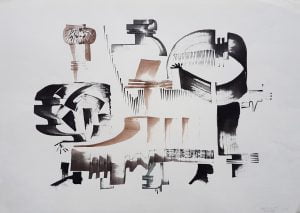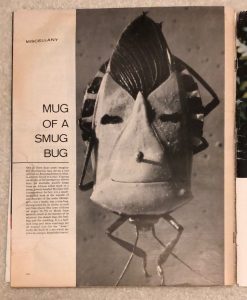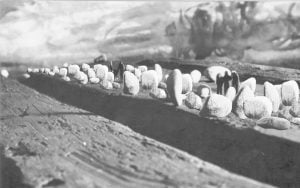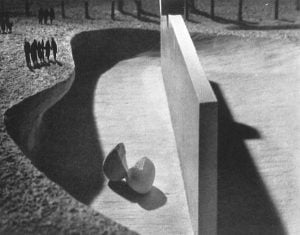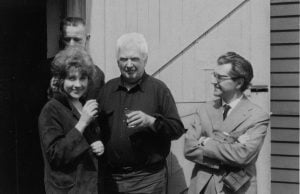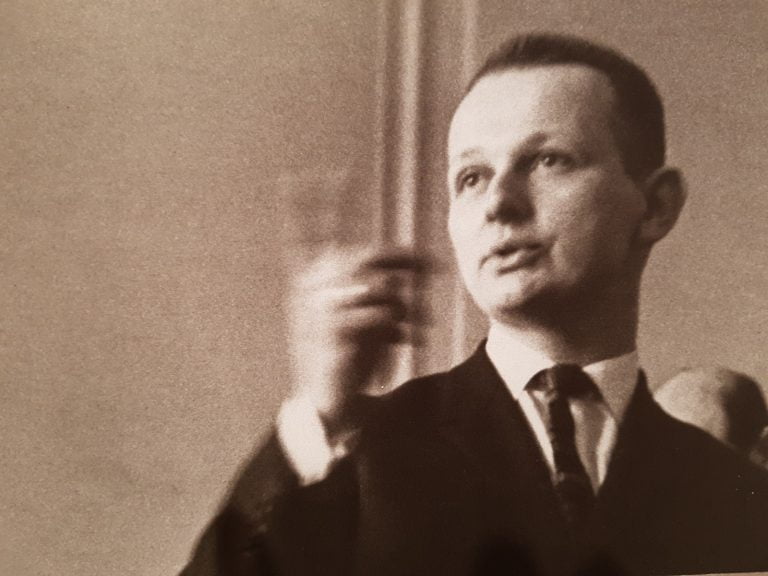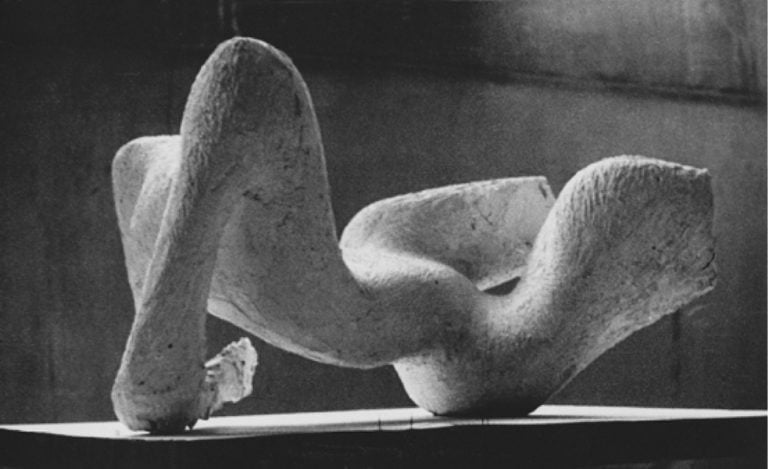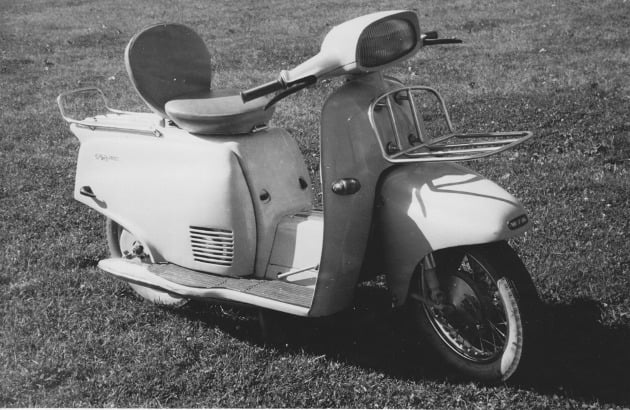
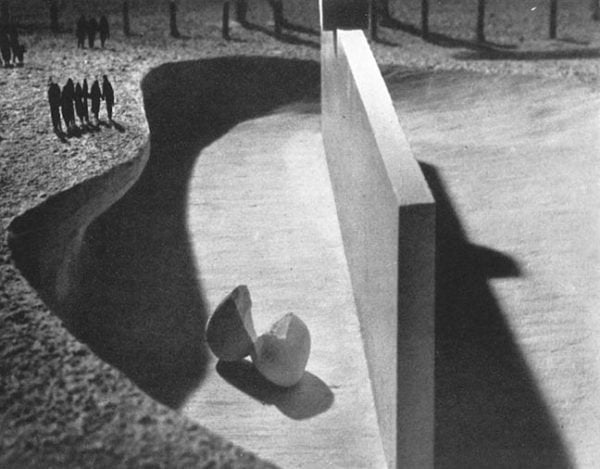
















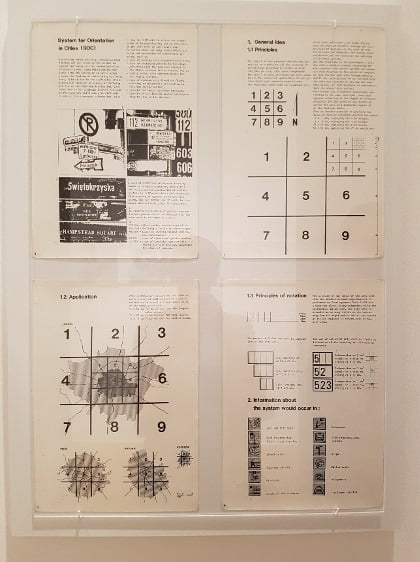
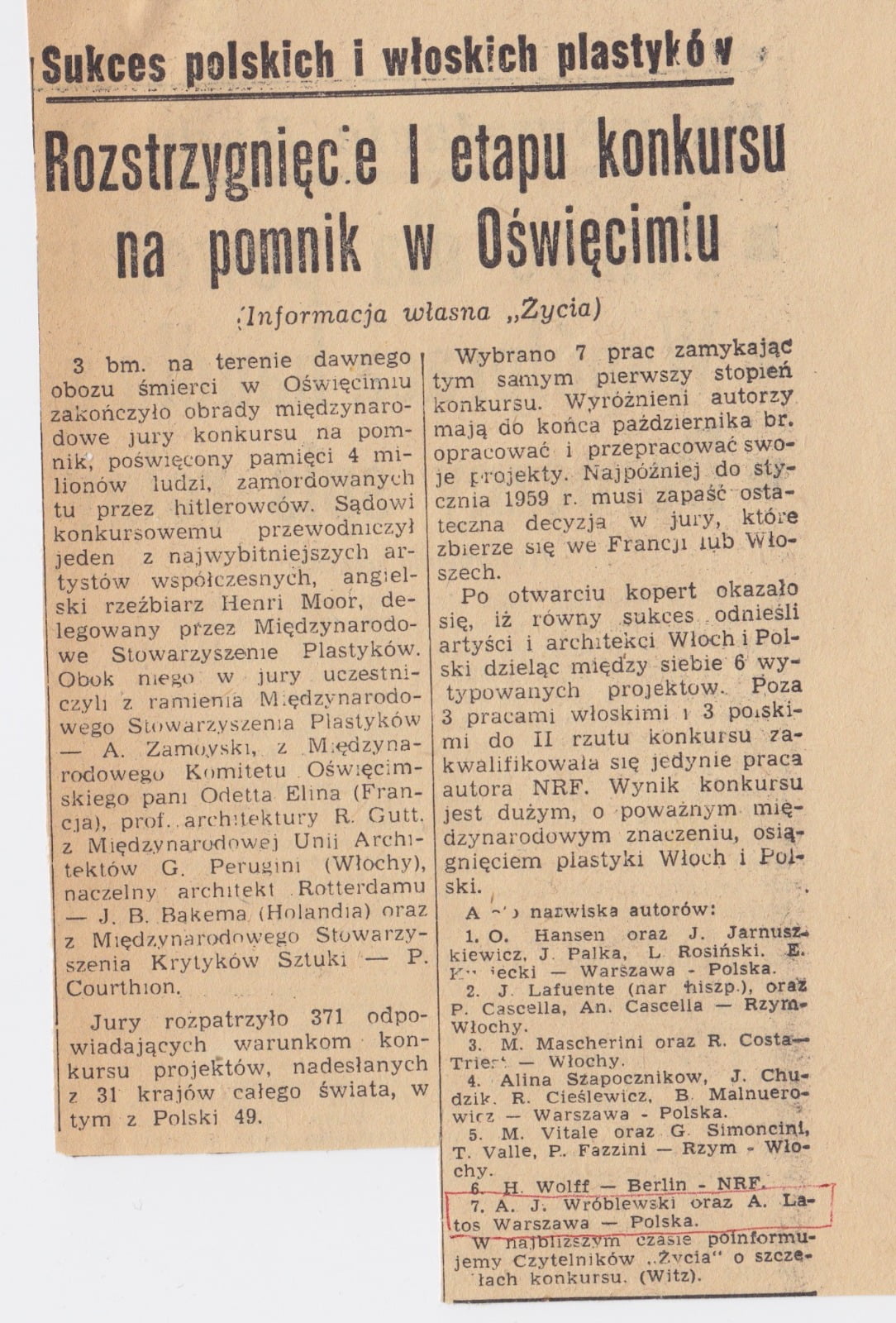
Entering the 1957 International Competition for the design of the Auschwitz-Birkenau Monument became a defining moment in AJW’s artistic journey. This submission (co-designed with friend Andrzej Latos) was selected by the prestigious international jury chaired by Henry Moore as one of the top 7 finalists out of 426 designs presented by accomplished artists from around the world. This exceptional recognition of AJW’s creativity led to him being granted a Master’s of Art degree from the Academy of Fine Arts in Warsaw. As one of the two youngest laureates of the competition, along with Helmut Wolf from Germany, AJW was offered the prestigious 6-month scholarship from the Italian Ministry of Foreign Affairs that allowed AJW a rare opportunity during that time to travel outside the iron curtain to Italy. Upon successful completion of this scholarship, AJW received another recognition: the Ford Foundation grant that allowed him to travel to the USA and expand his education through visits in the studios of some of the most influential artists and designers of the 20th century.



This design of the memorial featured boulders of different sizes inscribed with the names of the Holocaust victims who perished at Aushwitz lined up along the path that the prisoners took on the way to the crematoria, creating a “March of Names.” The names were to be inscribed in the languages/using the alphabets reflecting the origins of all the victims. The different sizes of the boulders were a reference to both the young and the elderly who were killed at Aushwitz. Boulders were selected instead of statues to allow relatives of the victim to imaginatively superimpose the identities of their relatives onto the boulders so that everybody could have an intimate and deeply-personal reflection and experience.
Various newspaper clippings announcing AJW’s design being selected as a top-7 finalist in the competition
The “March of Names” was to culminate at the end of a vast, artificial ravine where a large, unnamed split stone was to be found. This was to symbolize the tragic end of the names, and represent the site where the victims of Aushwitz met their final resting place. Beyond the ravine there was a solid, vertical wall with a single stone urn, blocking the landscape to emphasize the finality of the journey and inviting a chance for reflection and solemn commemoration of the victims).
